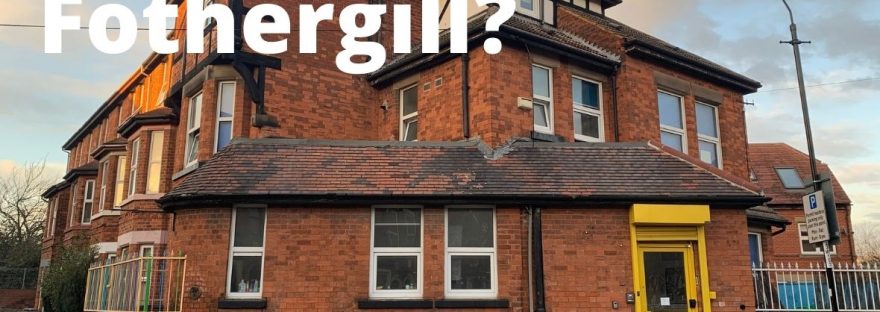The more I work on Fothergill, give talks and promote my guided walks, the more contact I receive from people who want to know if the building they have spotted is the work of Watson Fothergill, architect.
Recently, I’ve been sent several photos, either houses people have spotted while on urban walks or pictures they have seen posted on social media, each with the question: Is this a Fothergill?



But is it a Fothergill? Pics from l-r, Wilford Grove/ Wilford Crescent East by Chris Pyke-Hendry, Hardwick Road by Lucy Iliffe and Lenton Boulevard spotted on Facebook (originally from Picture Nottingham)
I always direct people to Darren Turner’s Fothergill: A Catalogue of The Works of Watson Fothergill, Architect, an extremely thorough piece of research that has been invaluable to me in putting together my tours. In the book, Darren has found evidence for every attribution he makes and the results are compelling. However, there remain a group of buildings he calls “The Awkward Squad”
Many of these dodgy attributions persist. This goes back to the over-enthusiastic obituarist in the Nottingham Journal who in 1928 laid claim to Fothergill’s distictive buildings being found in “almost every city and town between Nottingham and London.” (I’m not really sure that a bank in Loughborough, a cemetery chapel and a coffee house in Ongar and a solitary house in Sydenham really hold this to be true.)
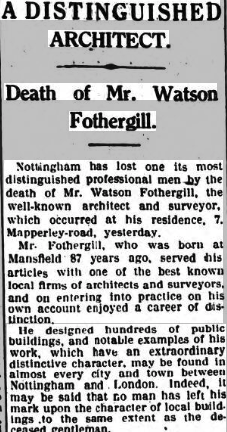
There are also a lot of photographs that originate from Nottingham’s council archive, many now online at Picture Nottingham, that are labeled as being buildings by Watson Fothergill. A great many of them are genuine Fothergill’s and there are some wonderful photos available, but some of them are part of “The Awkward Squad” or have even proved to be designed by different architects entirely. Several of these photos from the 1960s are credited to Mr FC Tighe.
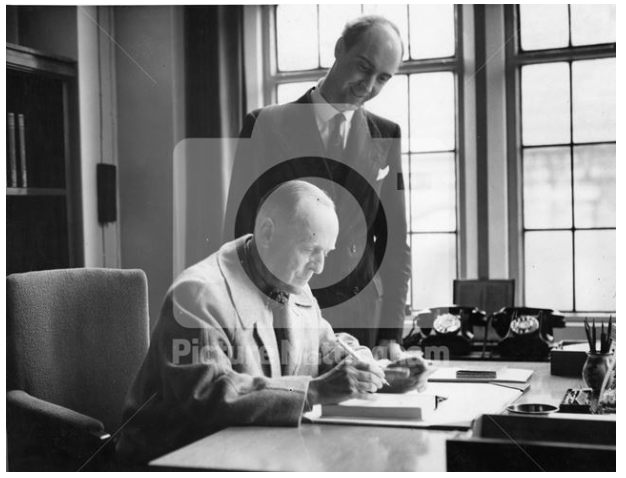
Francis Charles Tighe was the Nottingham City Librarian (from 1953 until his death, aged 48 in 1964). In the early 1960s, Mr Tighe entered into correspondence with Brigadier George Fothergill Ellenberger, Fothergill’s oldest grandson (WW1 veteran and son of Eleanor Watson Fothergill Ellenberger and Georg Hieronymous Ellenberger – see blogs passim). Mr Tighe was preparing a lecture on Fothergill and Ellenberger sent him several family records including Fothergill’s diary. The microfilm copy held by the University of Nottingham archives still has the numbered tabs that the Brigadier added to correspond to a list of buildings “with which he may have been concerned whether as architect or renovator”.
The Brigadier typed out a ‘generous’ list of his grandfather’s works – 39 buildings, all but one of which are demonstrably by Fothergill. The problem comes from another fifty-odd projects that were handwritten onto the list. Ellenberger was not claiming them all for Fothergill but many of them have become firmly associated with the architect.*
These include, among others, several house in The Park Estate (Edale, which proves to be by Thomas Chambers Hine; Brightlands – now Adam House which was actually built for Samuel Bourne by Arthur George Marshall; and several houses on Hope Drive and Peveril Drive).
After the success of his lecture on Fothergill, Mr Tighe became a passionate Fothergill-Spotter and began to see them almost everywhere. Many of the photographs on Picture Nottingham that include the generic Watson Fothergill biography seem to originate from this period (indeed many are credited to Mr Tighe or are from what looks like the same batch marked c. 1964). This combination of attributions, and the way the keyword search on the site works, would seem to be responsible for the proliferation of these images to various social media platforms.
Indeed, I have found buildings by Fothergill’s assistant, L.G. Summers in Duke Street and the corner of Cedar Road that are cited as Fothergill’s on Picture Nottingham and other buildings that bear more resemblance to Summers’ later work.
As for the ones I have been sent recently – I think that the Lenton Boulevard houses (pictured above) are likely by Brewill & Baily. (See the latest Pevsner Guide To The Buildings of England: Nottinghamshire, p. 503) The Nottingham-based partnership of Arthur William Brewill (d.1923) and Basil Edgar Baily (1869-1942) were working in Nottingham during a similar period to Watson Fothergill, and there are bound to be some similarities in the material they used and their overall architectural influences. Other houses on Lenton Boulevard were photographed for Mr Tighe and to me, these feel like they are among some of his more wild guesses.
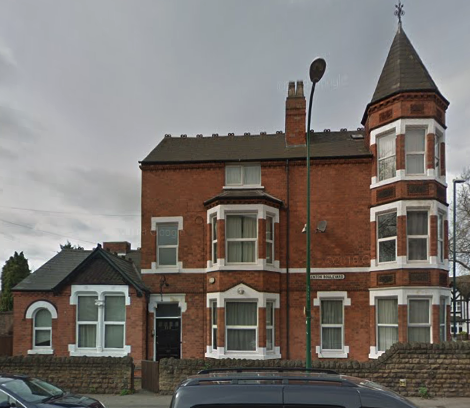
Number 115 Lenton Boulevard retains its attribution to Fothergill even in the latest Pevsner Guide. If anyone has any more information on any of these buildings, the pedant in me would like to straighten out the records!
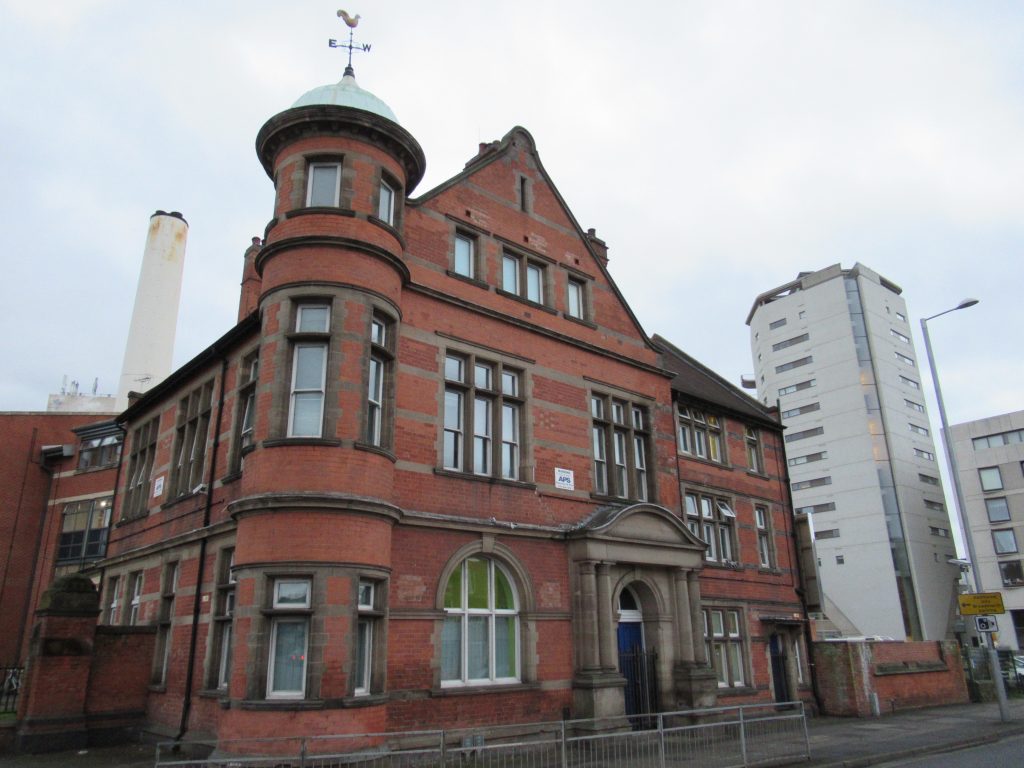
Another Fothergill attribution that persists (due to how often photos of it are posted online) is the former Leenside Police Station on Canal Street. Despite red bricks and a turret, this is not listed in Darren Turner’s Catalogue at all. It was actually built by the City Engineer’s Department in 1901-2.
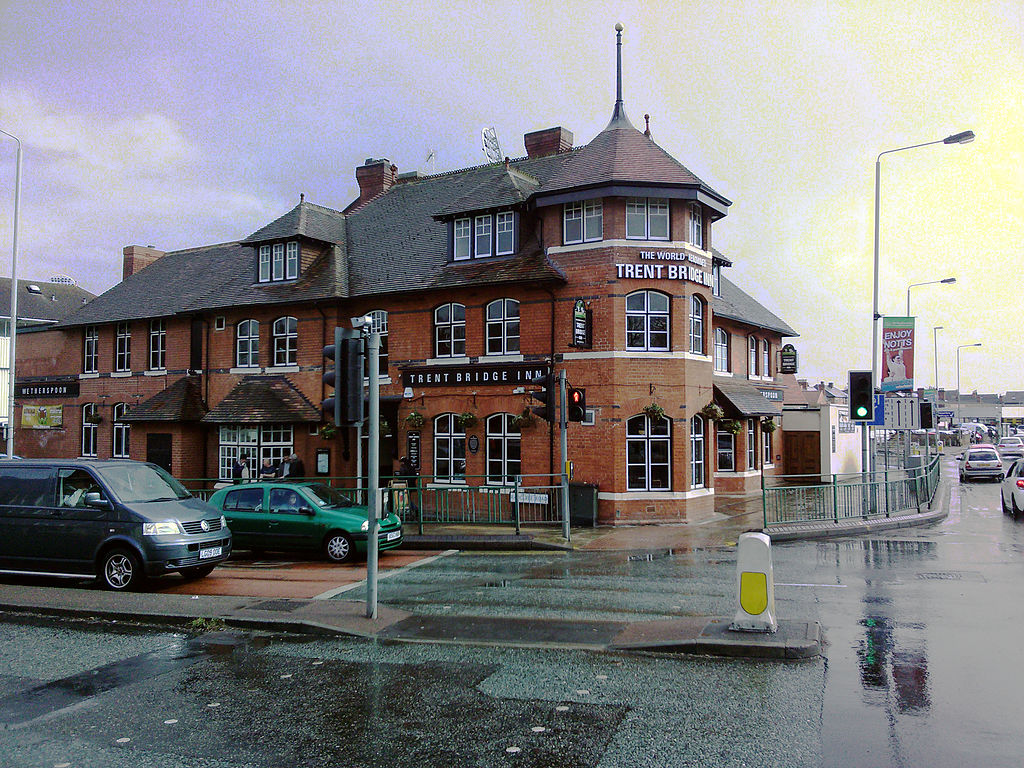
The Trent Bridge Inn, another building whose shape might suggest some connection to Fothergill is in fact another ringer, having been built by William Bright (1888-90) with additions by Thomas Jenkins (1919). (Some info on The TBI and other Nottingham buildings that have become Wetherspoons pubs via Nottingham Civic Society.)
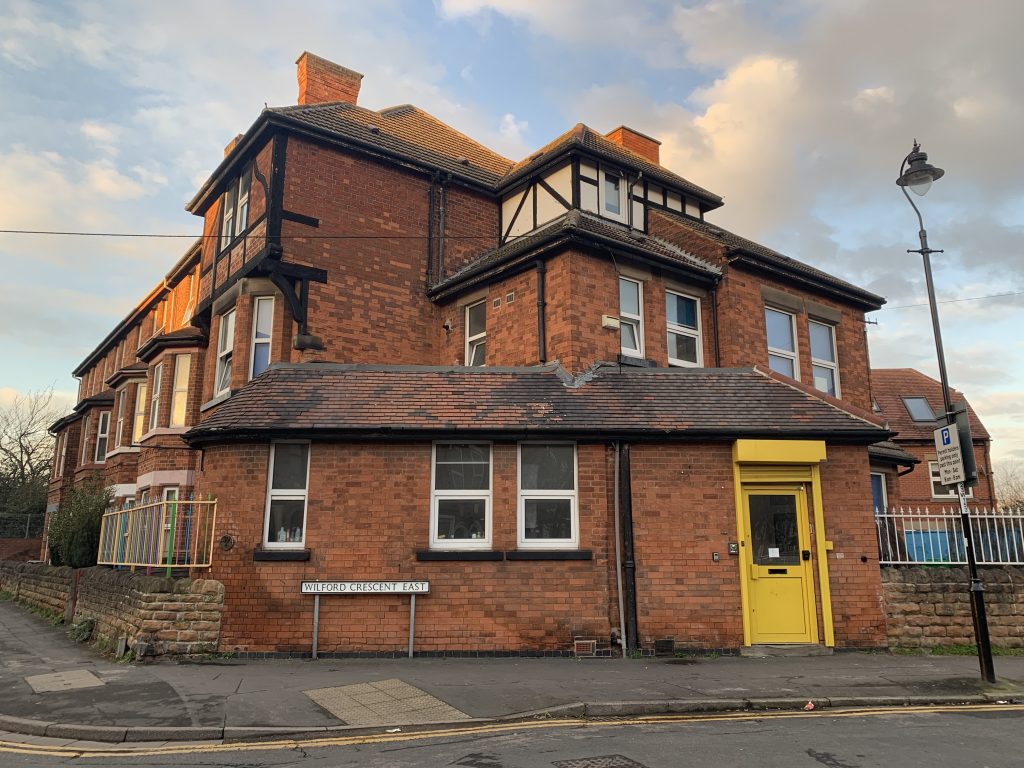
Some features might point to L.G Summers but does anyone have any more clues? IS IT A FOTHERGILL???
The building near Meadows Library (above) photos of which were sent to me recently remains a mystery. To me it has some 1890s characteristics that might point in the direction of L.G. Summers, but as we have seen, a lot of building took place in the city around this time and there’s no evidence to substantiate who the architect might have been (not so far anyway).
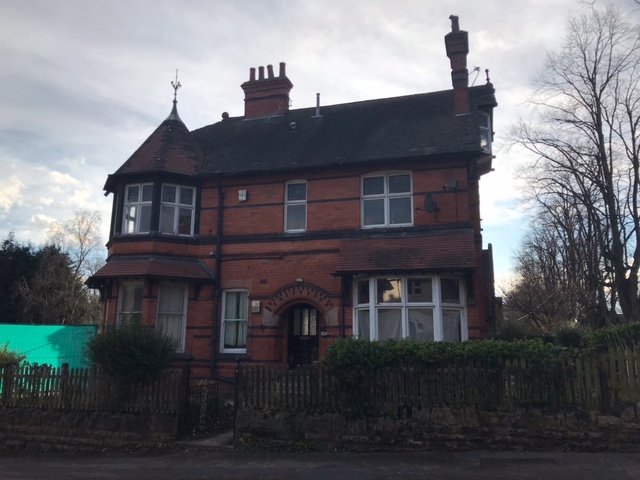
The actual Fothergill among the photos at the top of this blog (also above) is at the corner of Hardwick Road and Hartington Road, in Sherwood. Apparently some renovation is currently taking place. Built in 1890 as a villa on what was then called Cavendish Hill, for Mr Thomas Gallimore – who worked for Smith & Co Bank at the Long Eaton branch (itself designed by Fothergill). Gallimore also seems to have been a friend of L.G. Summers (Summers was present at Gallimore’s funeral in 1935). So even when we say something is a Fothergill, it shouldn’t discount the work of his chief assistant! You can see from the patterning of the bricks, the shape of the features like the windows and the chimney that this house resembles other known Fothergill’s more closely than any of Mr Tighe’s hopefuls that I’ve mentioned here.
I think what this really goes to show is that Nottingham is full of interesting buildings that are worth noticing and I hope it encourages you to go Fothergill-Spotting on urban walks! I’m still digging into the stories of the buildings that people have told me about and I’m always interested to hear from you if you live in a Watson Fothergill house or an interesting Victorian-era property that might be connected to the other architects of the period.
You can contact me HERE and sign up to the mailing list for the latest news on the return of the Watson Fothergill Walk in summer 2021.
*For more on this story, see the chapter “The Awkward Squad” in Fothergill: A Catalogue of the Works of Watson Fothergill, Architect by Darren Turner. Available from Five Leaves Books.
